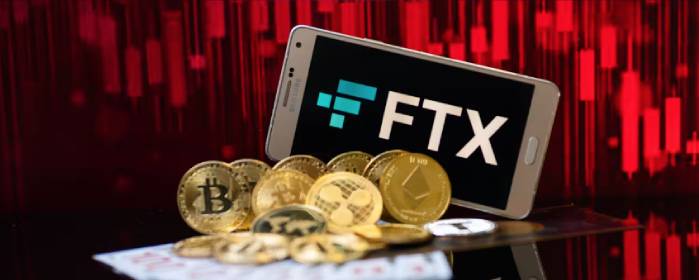TL;DR
- FTX has received court approval to reimburse customers whose cryptocurrencies were trapped after the platform collapsed.
- FTX’s accumulated assets could reach $16.5 billion, allowing it to repay customers and, possibly, shareholders.
- Some customers have criticized the refund plan, as payments will be made in cash rather than cryptocurrency, preventing them from benefiting from the recent appreciation of these assets.
FTX has received court approval to begin reimbursing customers whose cryptocurrencies were trapped on the platform following its collapse nearly two years ago.
The decision was made by US bankruptcy judge John Dorsey, who authorized a plan to compensate those affected by the fall of the cryptocurrency exchange founded by Sam Bankman-Fried. This ruling could also allow some shareholders to recover part of the $1 billion in seized assets.
Since its implosion in November 2022, FTX customers have faced the prospect of recovering only a small fraction of their funds. However, by June 2024, FTX had amassed $12.6 billion in assets, a figure that could rise to as much as $16.5 billion once all of the platform’s assets, which include stakes in several companies such as artificial intelligence company Anthropic, are sold.
Ken Pasquale, a lawyer representing the creditors, said the cryptocurrency market’s rally over the past year has been instrumental in boosting the value of FTX’s assets. This has allowed the company to negotiate more favorable settlements with creditors and regulators, improving recovery prospects for clients.
Unlike other Chapter 11 bankruptcy cases, it is unusual for preferred shareholders to also receive funds. Some of these funds come from the sale of assets seized by the federal government, including $626 million from the sale of Robinhood stock previously owned by Bankman-Fried and her co-founder Gary Wang.
Despite the progress, some clients have expressed dissatisfaction with the refund plan, as payments will be made in cash rather than cryptocurrency, preventing them from benefiting from the recent surge in the value of these assets. Additionally, payments to clients will not be immediate, as FTX is still in the process of creating an escrow and hiring a company to oversee the distribution of the funds.
FTX filed for bankruptcy in November 2022, and its founder, Sam Bankman-Fried, has since been convicted of fraud.

Implications for the cryptocurrency market
The situation of FTX and its recent approval to refund customers is a significant milestone in the world of cryptocurrencies, where investor confidence has been tested on several occasions. This case highlights the importance of having an adequate regulatory framework that protects consumers and ensures that they can recover their investments in the event of bankruptcies. The recovery of funds for customers is a positive signal that could encourage other investors to participate in the market again.
However, the decision to pay in cash instead of cryptocurrencies raises questions about the future of these assets. Customers who will not receive their payments in cryptocurrencies will not be able to benefit from the recent market rally. This could lead to additional discontent and further pressure on exchanges to ensure that their customers have the option to receive their digital assets.
Moreover, the involvement of preferred shareholders in the repayment is an anomaly in the context of Chapter 11 bankruptcies, which could set a precedent for similar future cases. As events unfold, it will be crucial to observe how this situation influences the market perception of the security and stability of cryptocurrency platforms.
In the long term, FTX’s recovery could be seen as a case study in how companies can manage crises and the importance of transparency and accountability in the sector. How FTX handles the distribution of funds and delivers on its refund promises will be a determining factor in restoring trust among investors and the general public.

